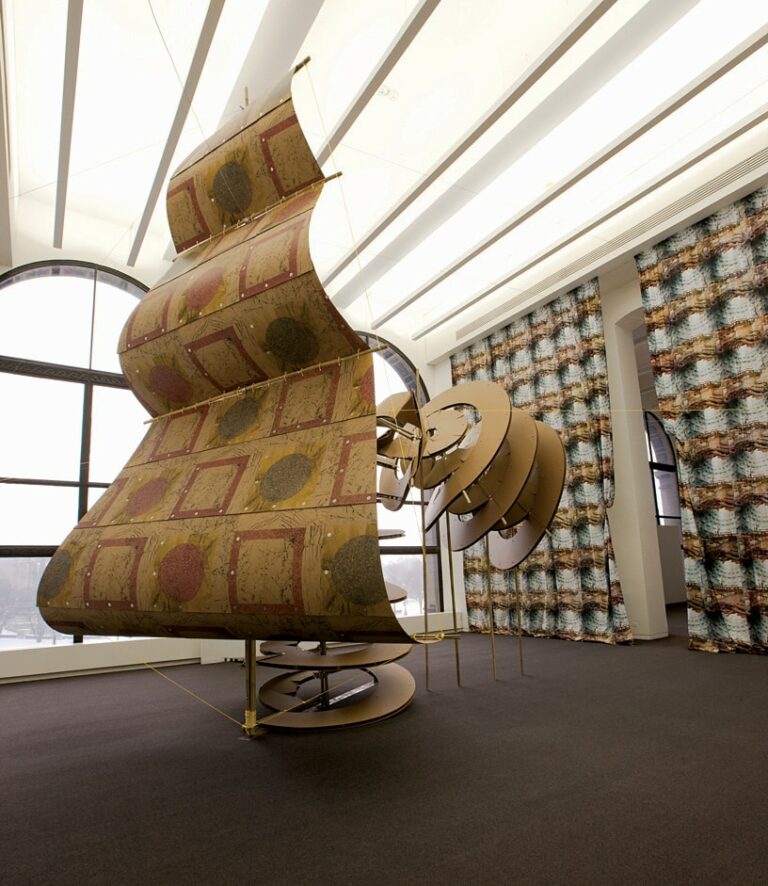
Christine Tarkowski set out to construct her own system of belief in “Last Things Will Be First and First Things Will Be Last,” the 42-year-old’s largest, most ambitious exhibition to date.
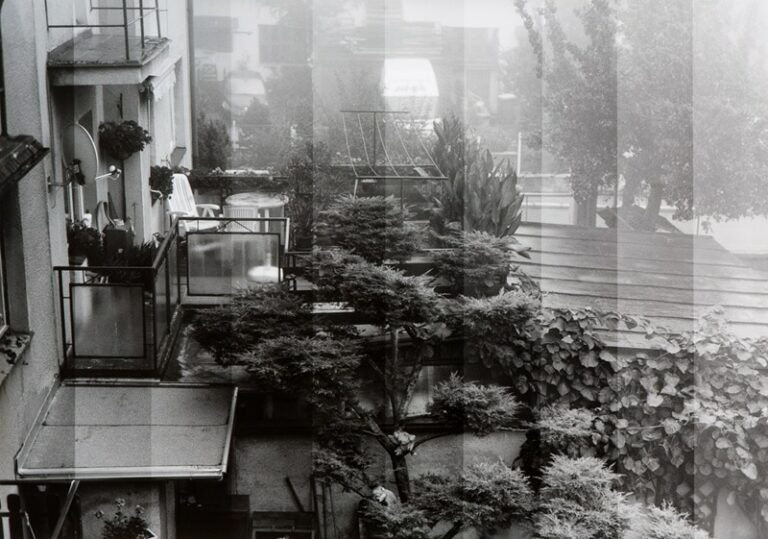
Despite the art historical links suggested, the exhibition 50% Grey: Contemporary Czech Photography Reconsiderd is not a portrait of national identity. Rather the exhibition places current Czech photography between past and present, as a means for engaging both artist and viewer in zones of productive flux.
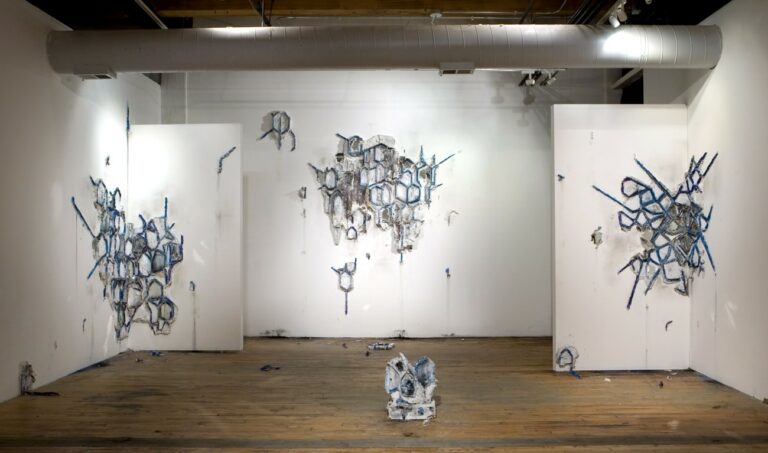
Chicago-based Armita Raafat performs an archeology of memory in evocative mixed-medium installations that draw on architectural motifs from Iran, the country of her familial roots.
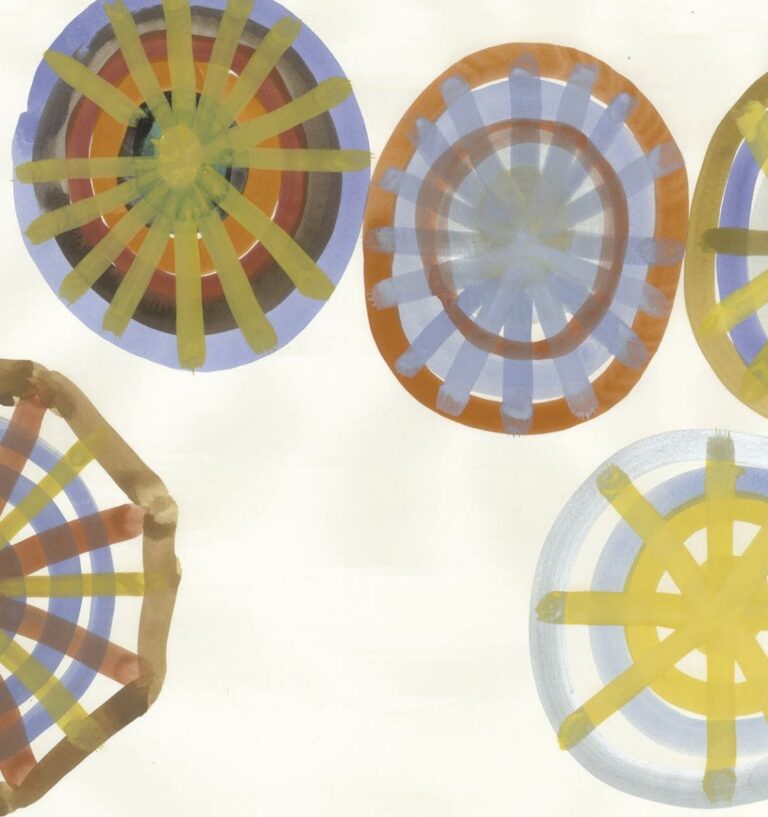
Like Robert Smithson's Spiral Jetty, Deborah Boardman's generous art looks to the self-governing forces of nature creating synergies between human experience and natural phenomena.
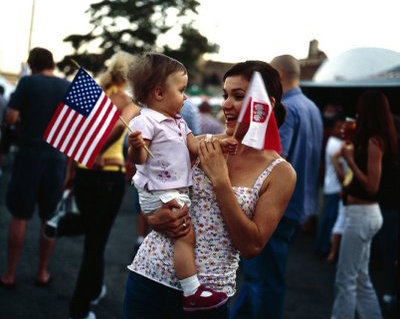
The forty photographs that comprised Allan Sekula's exhibition Polonia and Other Fables explore aspects of Polish identity that lie somewhere between reality and myth, between Poland and the Polish diaspora.
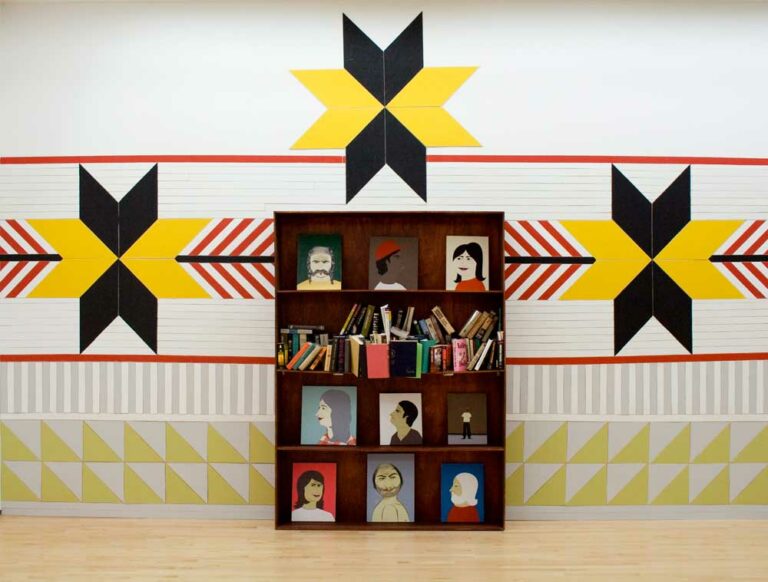
San Francisco-based artist, filmmaker and musician Clare E. Rojas spins allegorical tales in intimate paintings, large-scale murals and installations. Deriving motifs from quilts, Russian nesting dolls and Native American art, these works combine geometric patterns, personal iconography and folkloric tableaux.
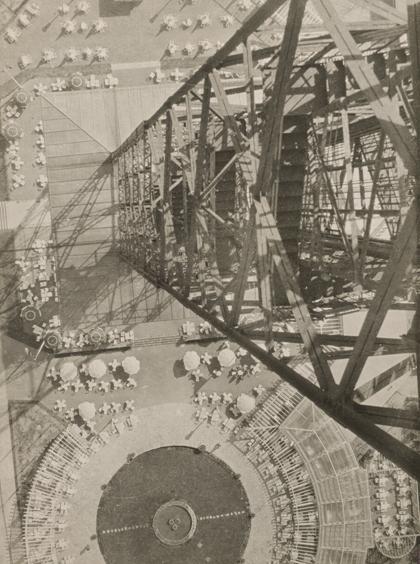
Captured throughout the exhibition is the dual sense of hope and despair that infused these countries during the interwar period, as is the political and social upheaval that spawned artists to craft a new vision for Europe.
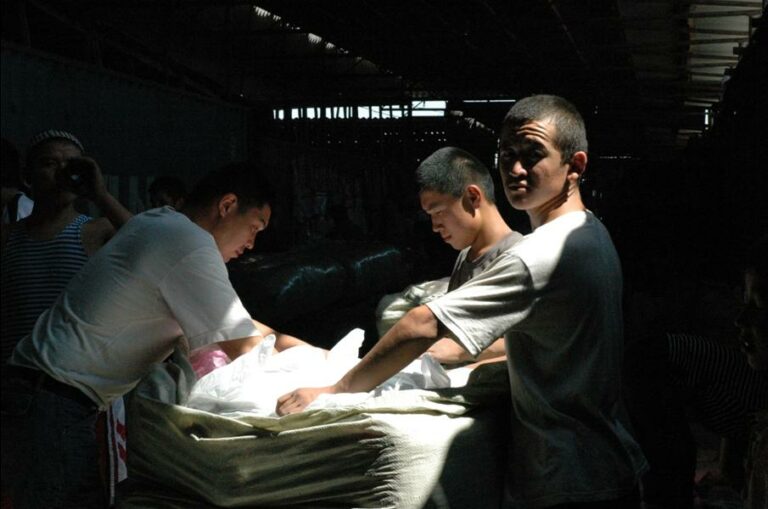
In the photographs and video installations of Gulnara Kasmalieva and Muratbek Djumaliev, the diversity of Kyrgyz identity is examined against the backdrop of a complex, layered history that includes nomadic traditions based in pastoralism followed by centuries of colonist rule.
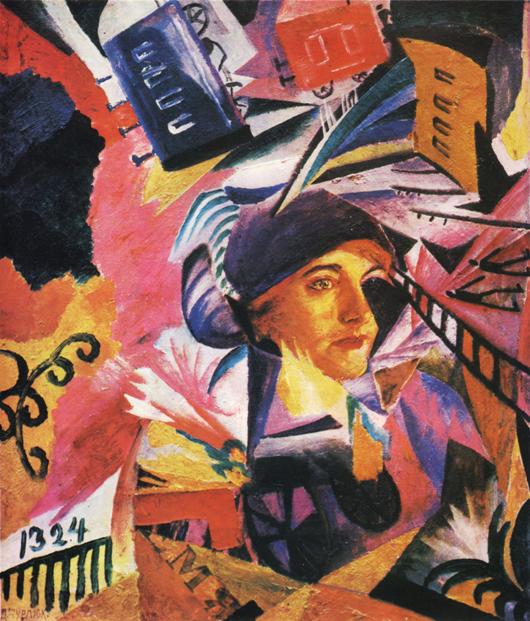
The following is a transcription of “Ukrainian Modernism: Identity, Nationhood, Then and Now,” a panel discussion organized by and held at the Chicago Cultural Center in conjunction with the exhibition Crossroads: Modernism in Ukraine, 1910-1930, on view at the Chicago Cultural Center, July 22-October 15, 2006, and The Ukrainian Museum, New York, November 5, 2006-April 29, 2007.
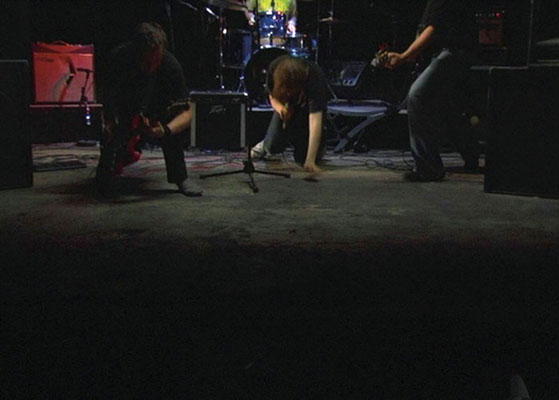
Upon entering the installation of Anri Sala’s Now I see (2004), his first 35-mm film, the viewer is enveloped in total darkness. The effect is, at first, purposefully disorienting; then a flicker of light flashes upon a 10 x 12-foot screen.
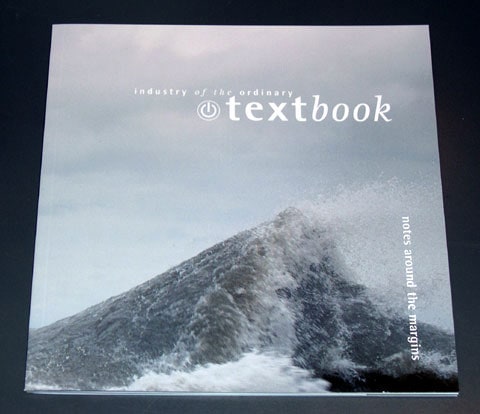
Like Nauman, who gave privilege to the everyday in his early performance pieces in which he would simply record the mundane activities of, for example, pacing in his studio, Industry of the Ordinary “challenge pejorative notions of the ordinary,” as proclaimed in their manifesto, in order to reveal the unexpected in both art and life.
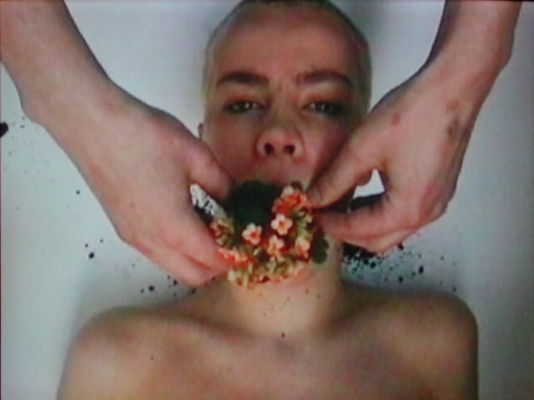
One learns in “New Video, New Europe” that the video artist in East Central Europe is both a provocateur and a scribe, a witness to history whose own interventions speak of moral responsibility and redefinitions of self.












